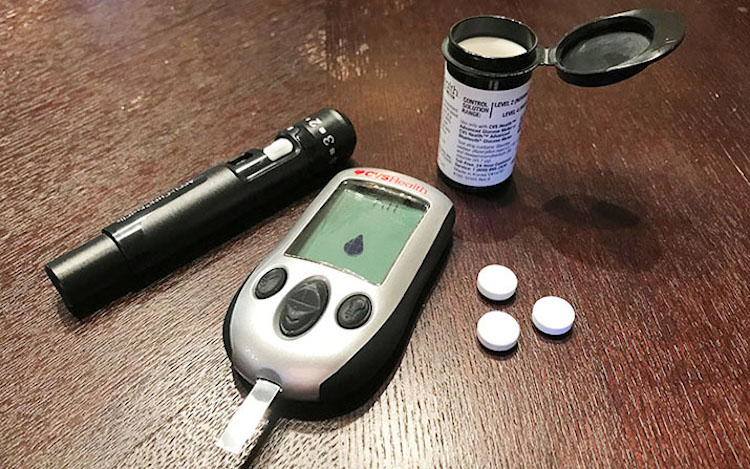- Home
- The Arizona News
- Hispanics, Native Americans, African Americans Are Most At Risk For Diabetes

Hispanics, Native Americans, African Americans Are Most At Risk For Diabetes
Hispanics, Native Americans and African Americans are most at risk for diabetes, with racial and ethnic minorities reporting the highest rates of the disease in the U.S. Experts say diabetes could be slowed if people were aware of the risks of prediabetes and took action.
Marcia Angulo was devastated when she was diagnosed with Type I diabetes at age 26, three years ago.
“You feel really ugly, you feel fat, you feel unhealthy,” said Angulo, who controls her condition with regular insulin injections.
In Arizona, Native Americans, African Americans and Hispanics are more likely to die of diabetes than non-Hispanic whites, according to a 2018 state health report.
Genetics and lifestyle factors, such as diet and lack of exercise, contribute to diabetes, experts said.
Type I, also known as juvenile diabetes, is an autoimmune disease that often strikes at a young age and requires insulin to control. Type II, also known as late-onset diabetes, can be prevented, delayed and managed through lifestyle modifications.
Diabetes is stealthy, lurking as prediabetes, said Dr. Mahmoud Alsayed, an endocrinologist at Banner University Medical Center. The key is to get it under control early.
More than 1 in 3 people in the U.S. have prediabetes but don’t know it. This leaves them at risk for diabetes, heart attacks and stroke, according to the Centers for Disease Control and Prevention.
It is recommended that people at risk for prediabetes get screened every year, whereas the general population gets screened every three years.
People with prediabetes “have an abnormal result of glucose in their blood test,” Alsayed said.
Angulo, who took charge of her health, recounts her experiences on ‘Diabetypes’ posts on Instagram, Twitter and Facebook.
“I started sharing motivations,” she said. “That helped me.”
Elva Hooker, director of St. Vincent de Paul’s Center of Family Wellness, teaches people how to maintain a healthy lifestyle.
“They learn about healthy eating, physical activity – then how to plan to take into action those lessons that they’re learning,” Hooker said. They also consider the social and emotional impact of dealing with the diagnosis.
The American Diabetes Association recommends a healthy diet and exercise on a regular basis. They suggest low-carb and low-calorie foods, as well as vegetarian or vegan foods.
Click here to learn more about prediabetes screenings.
